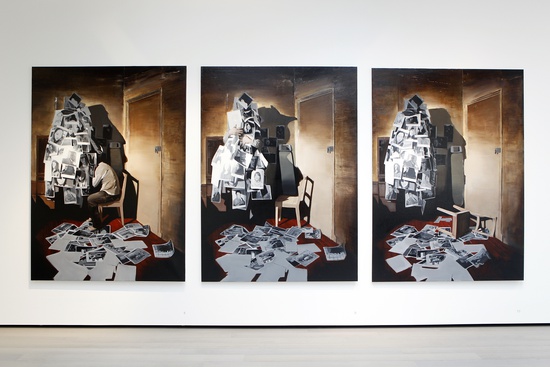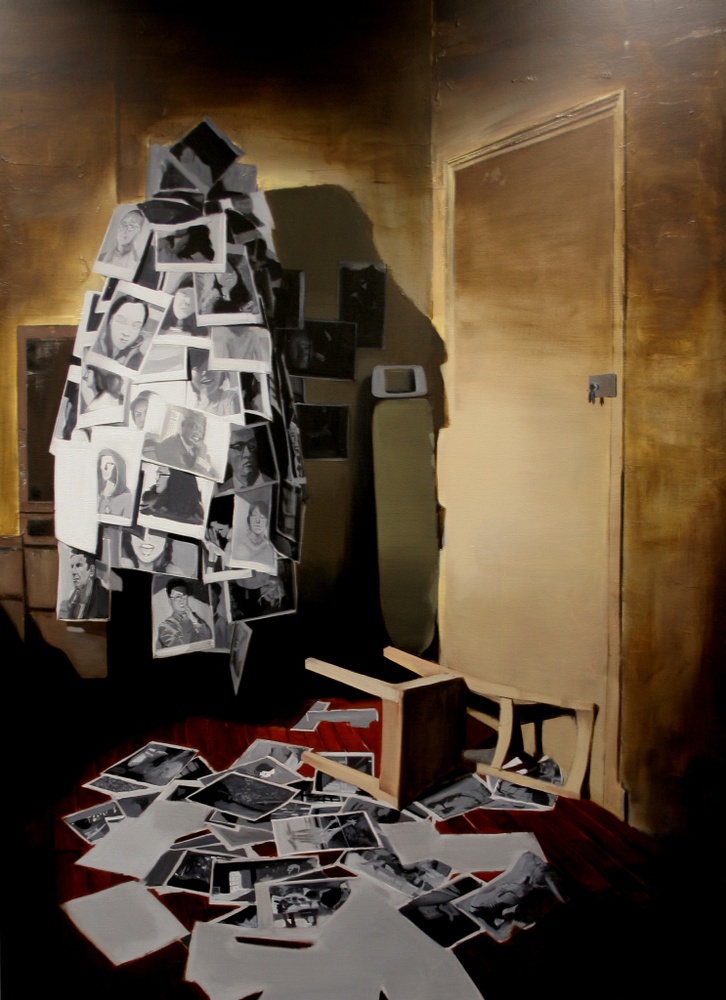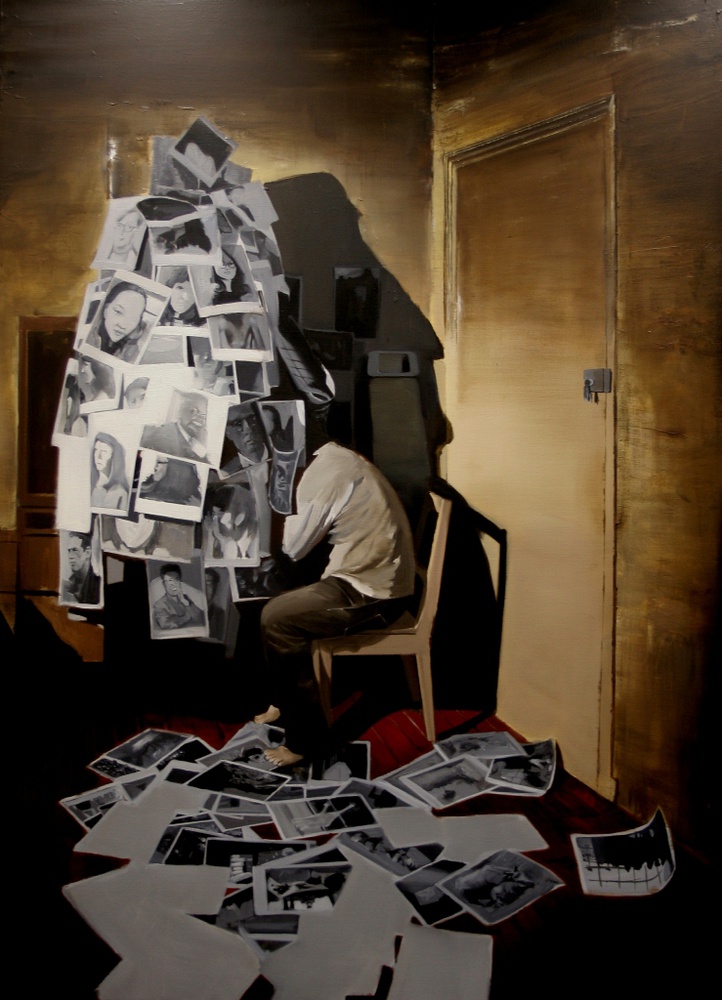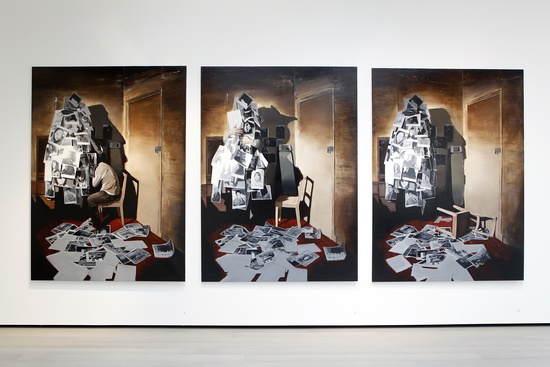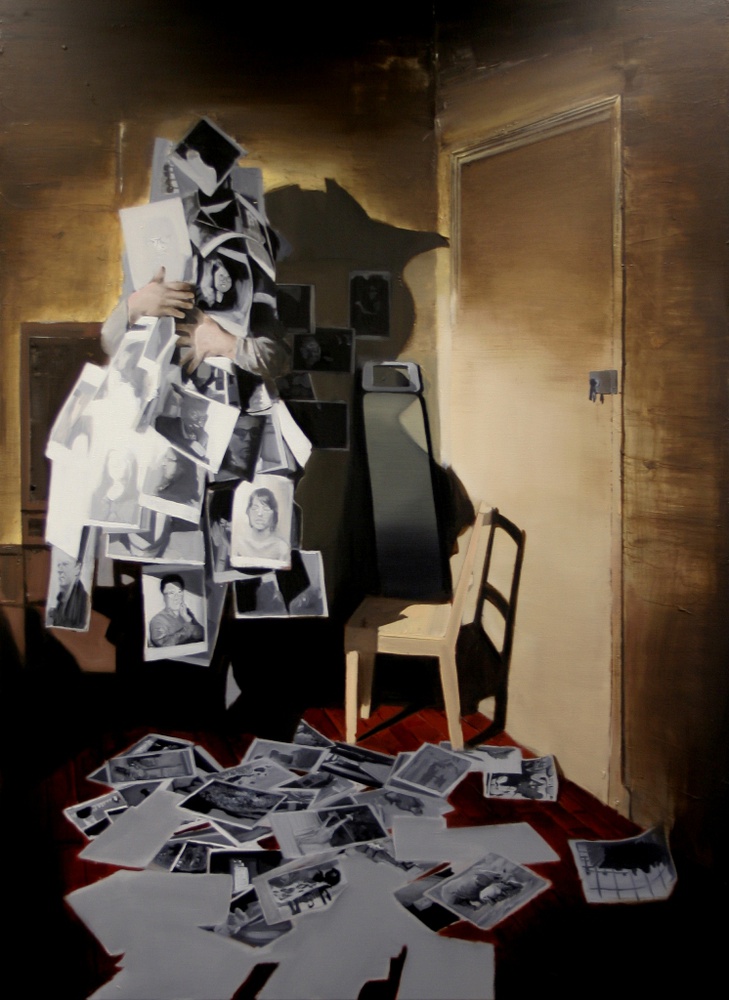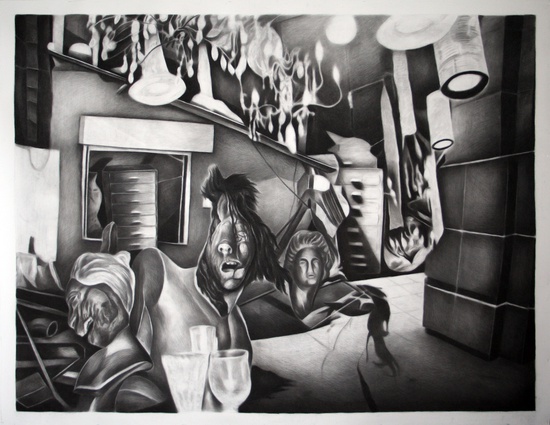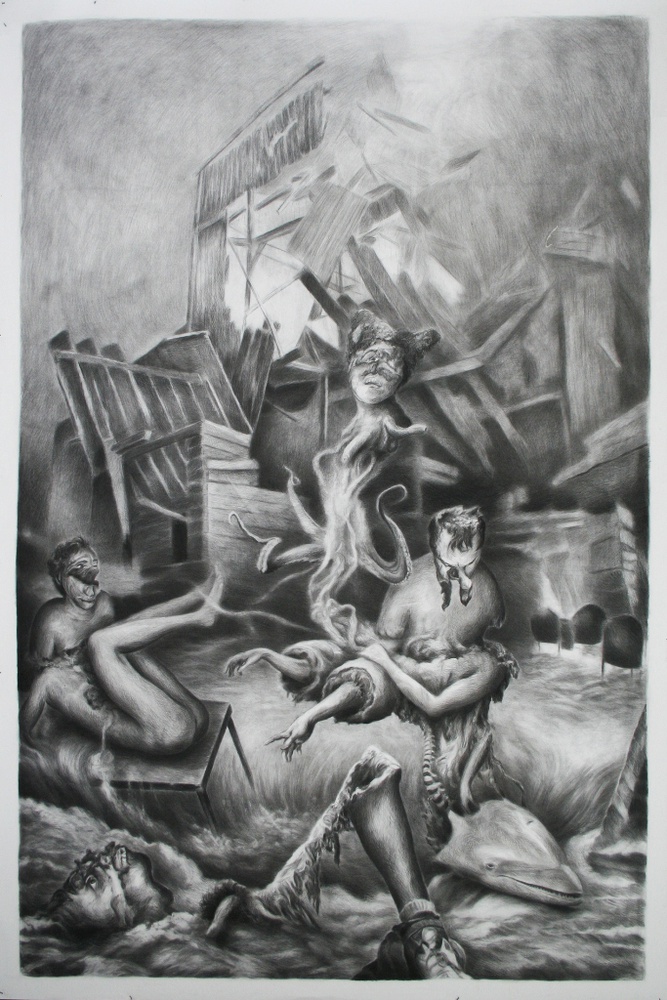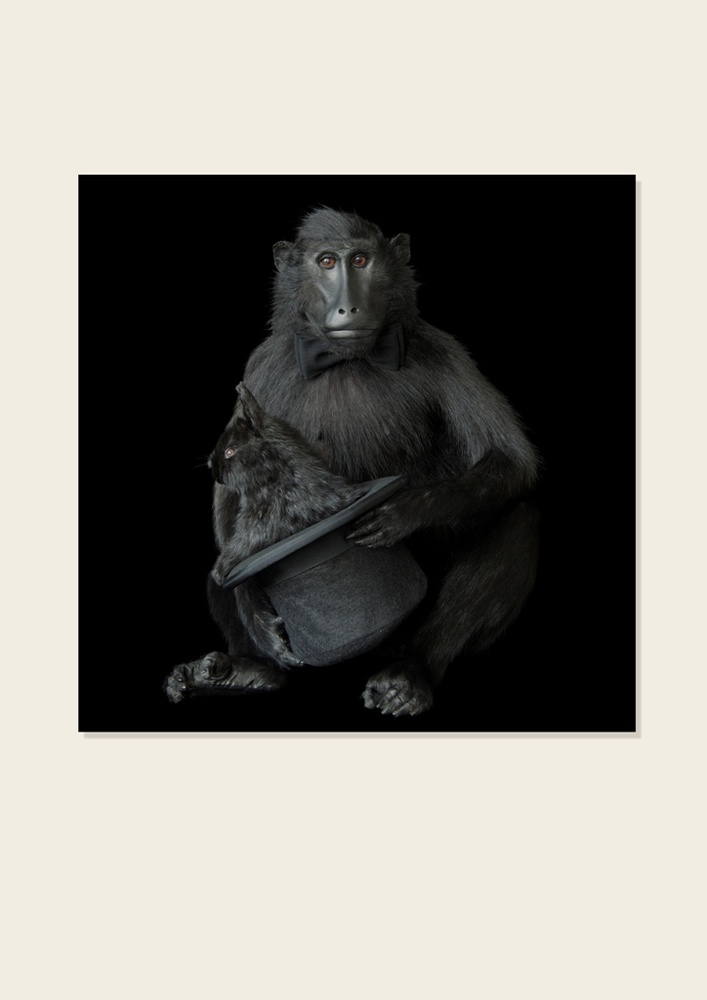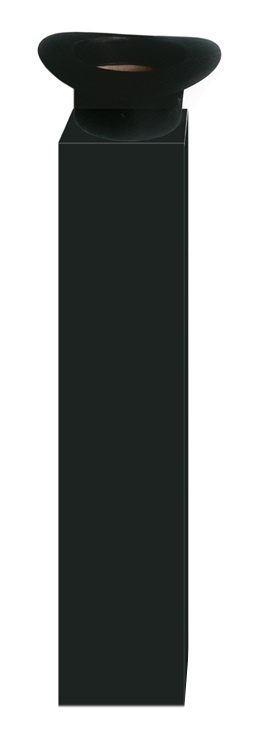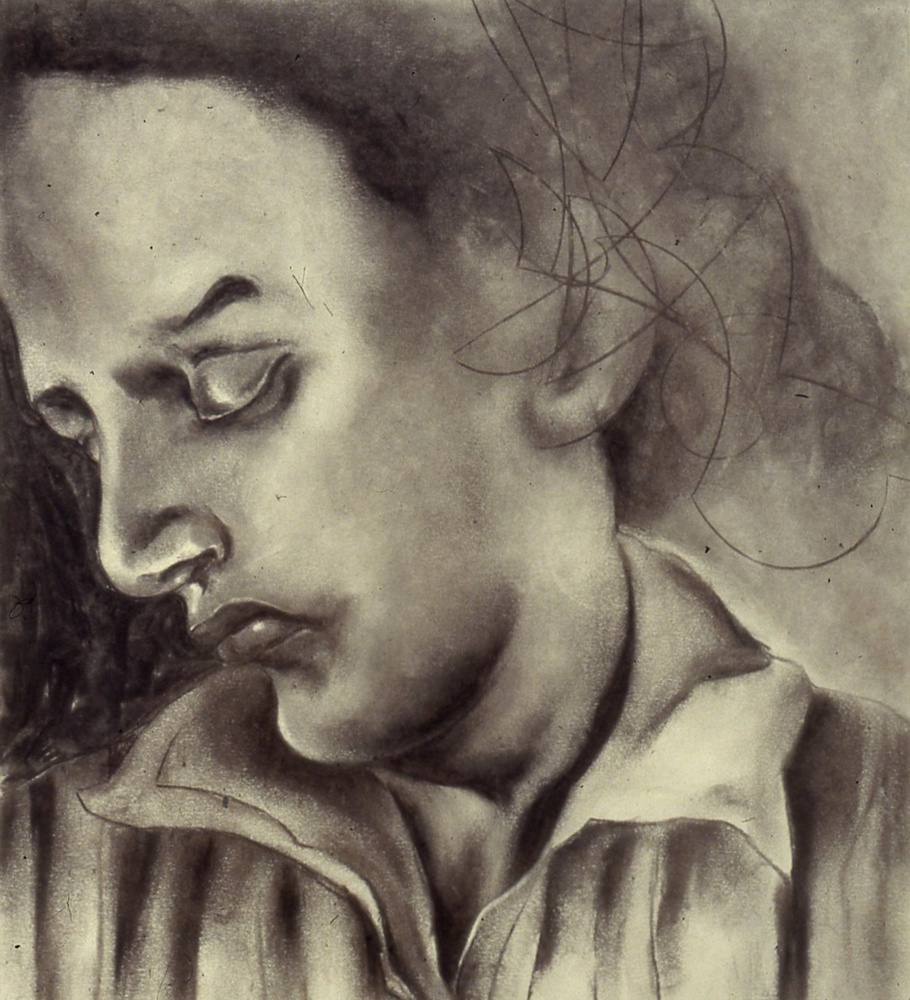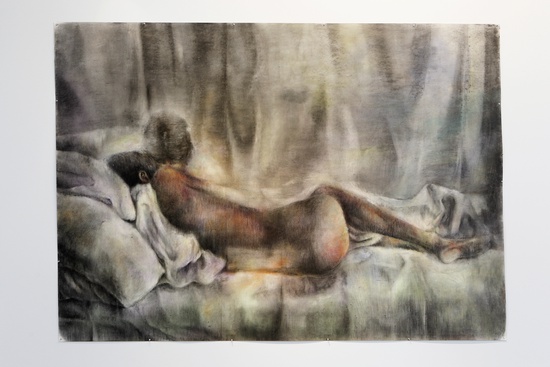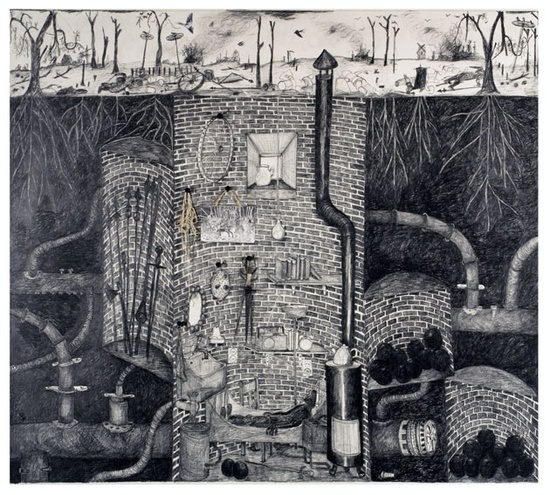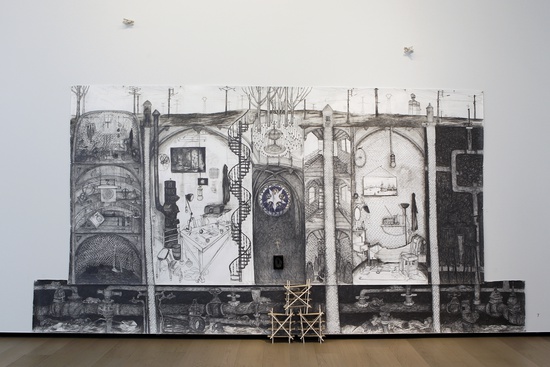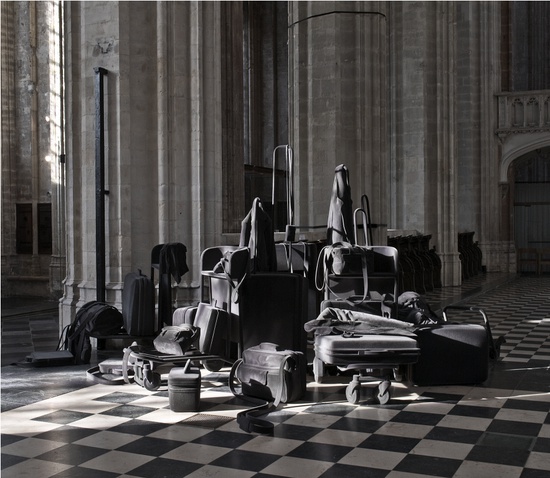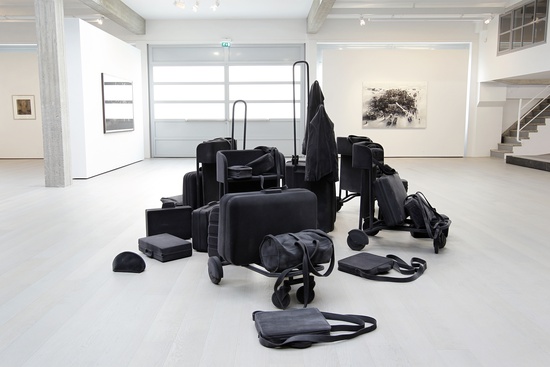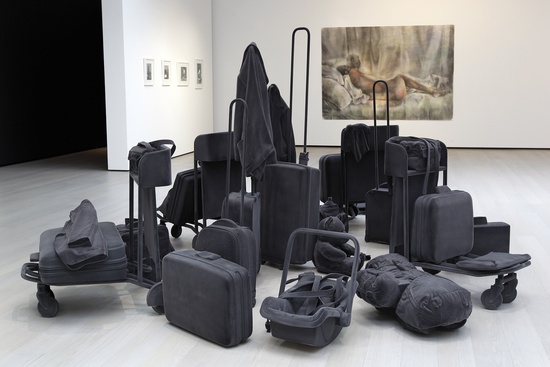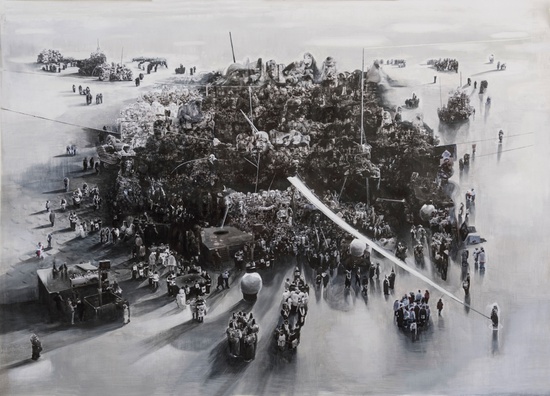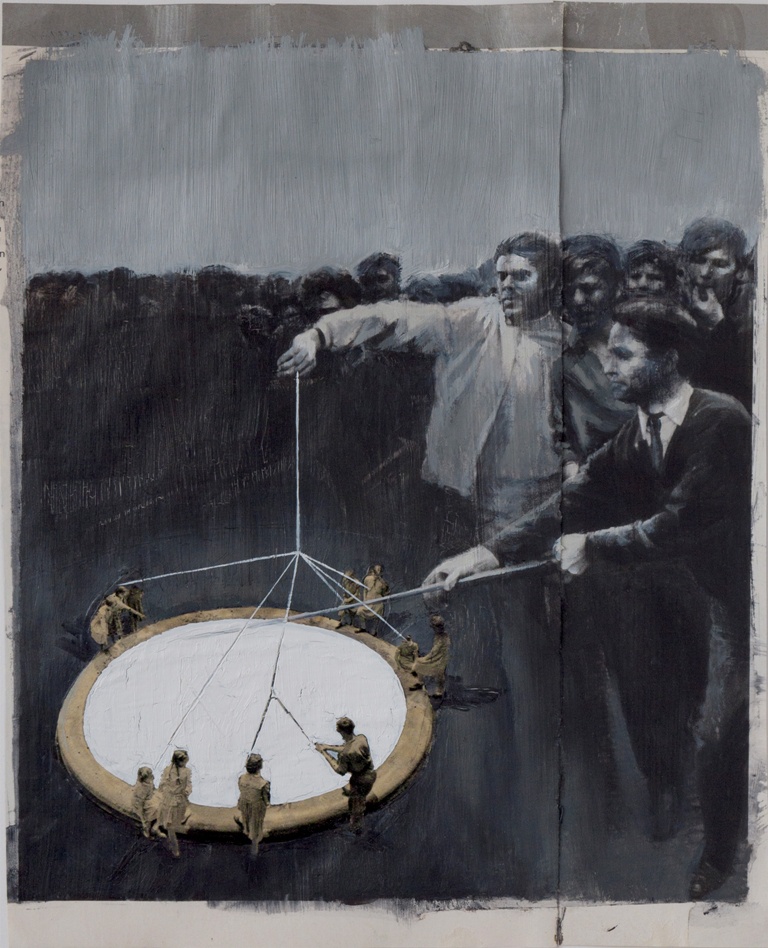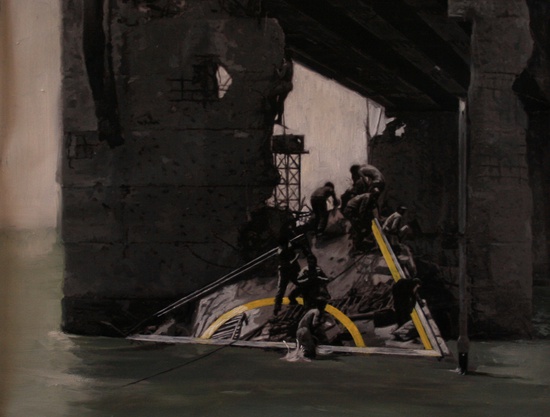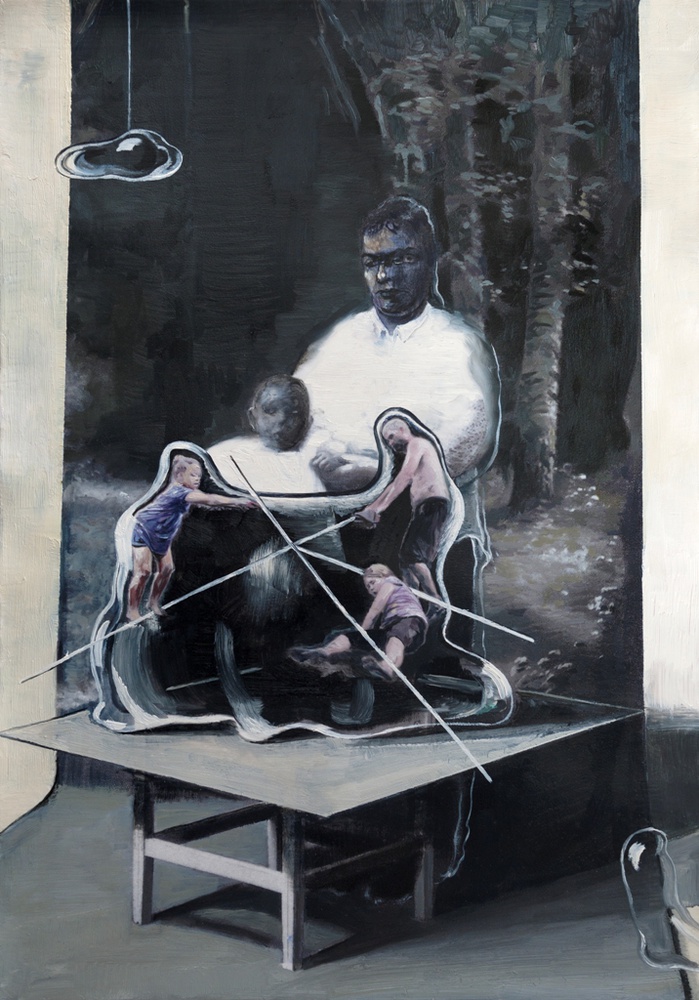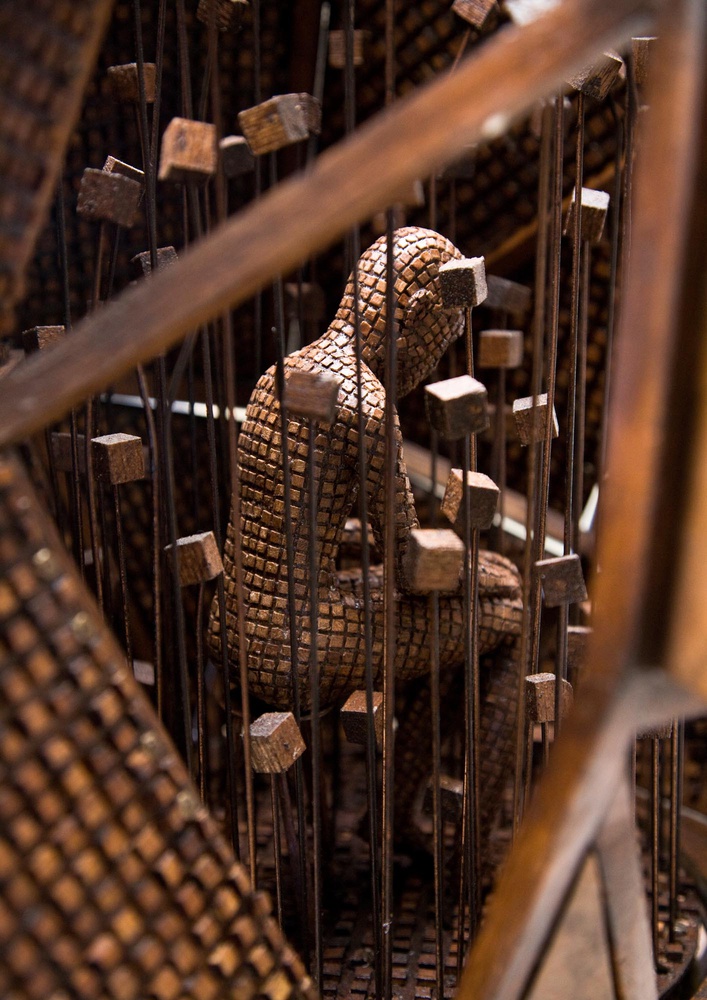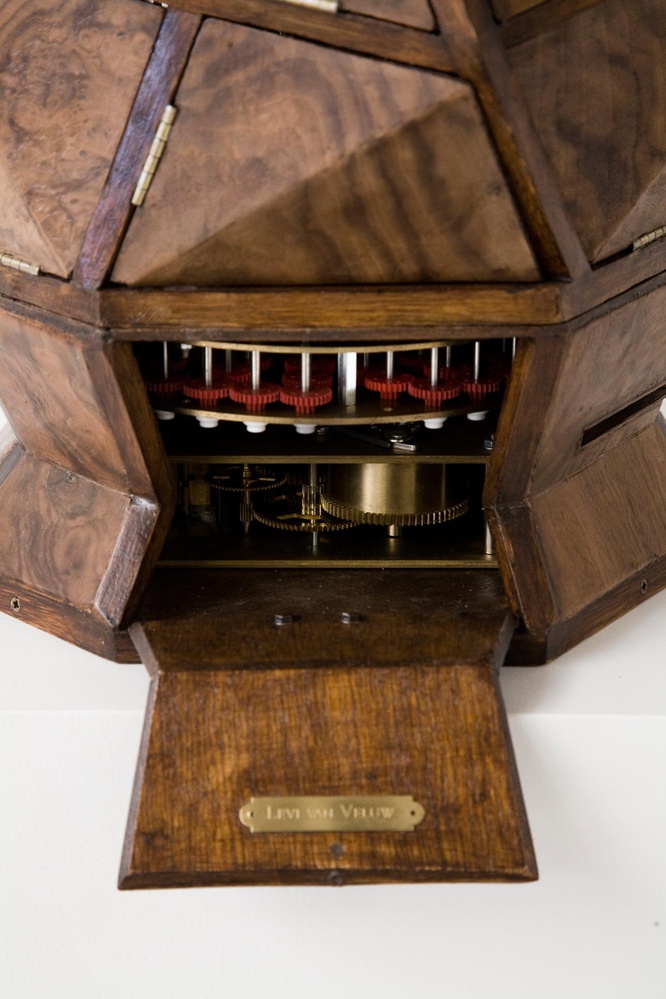- Jisan Ahn, Your everyday, part 3, 2012
- Jisan Ahn, Your everyday, part 3, 2012
- Jisan Ahn, Your everyday, part 1, 2012
- Jisan Ahn, Your everyday, part 1, 2012
- Jisan Ahn, Your everyday, part 2, 2012
- Jisan Ahn, Your everyday, part 2, 2012
- Ron Amir, Untitled, 2012
- Ron Amir, Untitled, 2011
- Silvia B., La Sieste, 2011
- Silvia B., Petit Pause, 2011
- Silvia B., Noir de Nocturne, 2011
- Silvia B., Cours de la Pensée, 2011
- Silvia B., Cours de la Pensée, 2011
- Otto Egberts, Verdwaalde Wereld, 1996
- Otto Egberts, Jongen met expanderend gezicht, 1992
- Otto Egberts, Zondvloed voor eigen gebruik, 1999
- Otto Egberts, Post human, 1993
- Otto Egberts, Man in tekening, 1999
- Otto Egberts, Passage, 2012
- Pietsjanke Fokkema, Ridder in zijn schuilplaats, 2010
- Pietsjanke Fokkema, Ondergrondse revolutie, 2012
- Hans Op de Beeck, Extention (3), 2007
- Hans Op de Beeck, Extention (3), 2007
- Hans Op de Beeck, Extention (3), 2007
- Marilou van Lierop, White suburbia, 2011
- Marilou van Lierop, Total recall of mundaine conversation, 2010
- Marilou van Lierop, The labyrinth of the detective story, 2011
- Marilou van Lierop, Manipulating the perspective, 2012
- Marilou van Lierop, I will show you the world, 2011
- Levi van Veluw, Origin of the Beginning, 2012
- Levi van Veluw, Automata, 2011
- Levi van Veluw, Automata, 2011
- Levi van Veluw, Automata, 2011
- Levi van Veluw, Automata, 2011
- Levi van Veluw, Automata, 2011
ExhibitionInto the Labyrinth
Tekst: Hans van der Ham en Yasmijn Jarram
Into the Labyrinth revolves around invisible reality. Garage Rotterdam's fourth exhibition shows traces of surrealism in the work of Jisan Ahn, Ron Amir, Silvia B., Hans op de Beeck, Otto Egberts, Pietsjanke Fokkema, Marilou van Lierop and Levi van Veluw.
Surrealism as an art movement began in the early 20th century, and started mainly from a desire to reject the established order. The Surrealists regarded the rules of the bourgeoisie as a major obstacle to human freedom in thought and action. They believed that more existed, namely a higher reality: the sur-realité. Sigmund Freud, who laid the foundations of depth psychology at the time, was a major influence on this school of thought.
The surrealists strove to achieve a state of mind in which deeply hidden feelings and emotions could come to the surface. Dreams were recorded or interpreted in order to gain insight into the subconscious. This led to an alienating imagery, which was further strengthened by collages: combinations of visual elements which do not usually go together. In this way objects or situations were jolted out of their everyday context.
Amongst the contemporary artists of Into the Labyrinth there is no longer any opposition to the bourgeoisie. The surrealism in their work is more of an individual process: observable reality forms the basis to which they give a personal, intuitive twist. For that reason we could better speak of the metaphysical in this case, a remnant of surrealism. This represents the world that lies hidden behind the sensory reality.
Dreams can't be understood rationally or put into words, but seem intuitively to contain some truth. They belong to a different reality, which invites us to freely associate. The same applies to the artworks in Into the Labyrinth.

